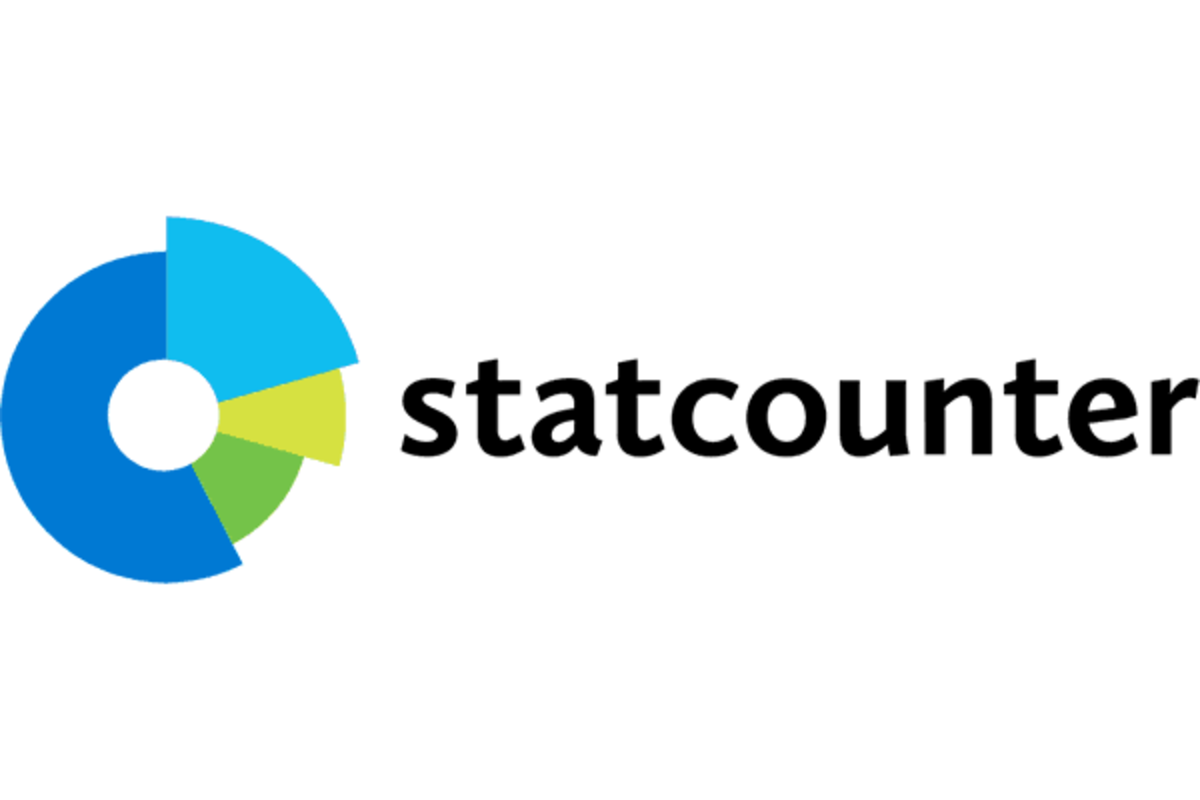Digital Economy and Local Policy: Strategy for Village Development During COVID-19 Pandemic
Abstract
The development of digital villages today has been limited to providing administrative services and has not been used to develop the village economy and community welfare. The occurrence of COVID-19 pandemic has increased the challenges for village digital development. In spite of the difficulty, the digital economy through local policy contributes an opportunity to encourage rural economic resilience. This study aims to develop strategies of a digital economy for rural villages in the midst of a pandemic. The research is a case study located in Punggul Village, Badung, Bali Province. This research was conducted using qualitative research methods with data collection techniques using Focus Group Discussion and interviews. The result shows digital economic strategy could be implemented through several aspects including improving digital infrastructure facilities, enhancing the digital ecosystem, and identifying the potential and village featured products. Furthermore, cooperation between stakeholders needs to be strengthened in line with the local values.
References
Agarwal, R. (2020). Digital Transformation: A Path to Economic and Societal Value Digital Transformation : A Path to Economic and Societal Value. 6(12).
APJII. (2017). Penetrasi & Profil Perilaku Pengguna Internet Indonesia. Apjii, 51. www.apjii.or.id.
Bukht, R., & Heeks, R. (2018). Development Implications of Digital Economies. Centre for Development Informatics, 6, 23. https://doi.org/10.13140/RG.2.2.11124.09602.
Dannenberg, P., Fuchs, M., Riedler, T., & Wiedemann, C. (2020). Digital Transition by COVID-19 Pandemic? The German Food Online Retail. Tijdschrift Voor Economische En Sociale Geografie, 111(3), 543–560. https://doi.org/10.1111/tesg.12453.
European Commission DESI 2016, Digital Economy and Society Index. Methodological Note. Available online: http://ec.europa. eu.dae (accessed on 24 April 2022).
Guo, H., Liu, Z., Jiang, H., Wang, C., Liu, J., & Liang, D. (2017). Big Earth Data: a new challenge and opportunity for Digital Earth’s development. International Journal of Digital Earth, 10(1), 1–12. https://doi.org/10.1080/17538947.2016.1264490.
Hadi, A. (2018). Bridging Indonesia’s Digital Divide: Rural-Urban Linkages? Jurnal Ilmu Sosial Dan Ilmu Politik, 22(1), 17. https://doi.org/10.22146/jsp.31835.
Haryanti, S., & Rusfian, E. Z. (2019). Government Public Relations and Social Media: Bridging the Digital Divide on People with Social Welfare Problems. JKAP (Jurnal Kebijakan Dan Administrasi Publik), 22(2), 128. https://doi.org/10.22146/jkap.34602.
Kilpeläinen, A., & Seppänen, M. (2014). Information technology and everyday life in ageing rural villages. Journal of Rural Studies, 33, 1–8. https://doi.org/10.1016/j.jrurstud.2013.10.005.
Lusardi, A. (2019). Financial literacy and the need for financial education: evidence and implications. 5, 1–8.
Malladi, C. M., Soni, R. K., & Srinivasan, S. (2021). Digital financial inclusion: next frontiers — challenges and opportunities. CSI Transactions on ICT, 9(2), 127–134. https://doi.org/10.1007/s40012-021-00328-5.
Moleong, Lexy J. (2016). Metode Penelitian Kualitatif. Edisi Revisi. Bandung: PT. Remaja Rosdakarya.
Moriset, B. (2010). Developing the digital economy in France’s rural regions: A new era for telecenters?
Oktavia, R., & Wihastuti, L. (2020). Village Fund and Poverty Alleviation in Kulon Progo Regency. Jurnal Kebijakan dan Administrasi Publik, 24(1), 2020. https://jurnal.ugm.ac.id/jkap/article/view/43237.
Onitsuka, K., Hidayat, A. R. R. T., & Huang, W. (2018). Challenges for the next level of digital divide in rural Indonesian communities. Electronic Journal of Information Systems in Developing Countries, 84(2), 1–25. https://doi.org/10.1002/isd2.12021.
Peña, D. N., Raúl, V., Ruiz, L., Luis, J., Navarro, A., & Peña, D. N. (2019). Information Technology for Development An analysis of the key role of human and technological development in the smart specialization of smart European regions. Information Technology for Development, 0(0), 1–14. https://doi.org/10.1080/02681102.2019.1704675.
Philip, L., Cottrill, C., Farrington, J., Williams, F., & Ashmore, F. (2017). The digital divide: Patterns, policy and scenarios for connecting the ‘final few’ in rural communities across Great Britain. Journal of Rural Studies, 54, 386–398. https://doi.org/10.1016/j.jrurstud.2016.12.002.
Podgorskaya, S., & Schitov, S. (2020). Model for assessing the competitiveness of rural areas in the region in the new economic conditions. 14001.
Salemink, K., Strijker, D., & Bosworth, G. (2015). Rural development in the digital age : A systematic literature review on unequal ICT availability , adoption , and use in rural areas. Journal of Rural Studies. https://doi.org/10.1016/j.jrurstud.2015.09.001.
Silva, H. C., & Silva, H. C. (2015). Technology, skills and job separation.
Skerratt, S. (2010). Hot spots and not spots: Addressing infrastructure and service provision through combined approaches in rural Scotland. Sustainability, 2(6), 1719–1741. https://doi.org/10.3390/su2061719.
Skerratt, S. (2014). Hot Spots and Not Spots: Addressing Infrastructure and Service Provision through Combined Approaches in Rural Scotland. June 2010. https://doi.org/10.3390/su2061719.
Sugiyono. 2015. Memahami Penelitian Kualitatif. Bandung: Alfabeta.
Sulistyowati, F., MC Dibyorini, R., & Tyas, B. H. (2017). Pelembagaan partisipasi masyarakat sebagai upaya implementasi sistem informasi desa. Jurnal ASPIKOM, 3(2), 215–224.
Townsend, L., & Fairhurst, G. (2013). Enhanced broadband access as a solution to the social and economic problems of the rural digital divide. https://doi.org/10.1177/0269094213496974.
Wallace, C. (2012). Can Information and Communications Technology Enhance Social Quality ? 2(2), 98–117. https://doi.org/10.3167/IJSQ.2012.020207.
Wallace, C. (2013). Can Information and Communications Technology Enhance Social Quality? International Journal of Social Quality, 2(2). https://doi.org/10.3167/ijsq.2012.020207.
WEF. (2015). WEFUSA Digital Infrastructure Report 2015. March.
Yulizar, I., Jörg, M., Aldea, A., Govindaraju, R., & Iacob, M. E. (2022). Rural smartness : Its determinants and impacts on rural economic welfare. Electronic Markets. https://doi.org/10.1007/s12525-022-00526-2.
Authors who publish with this journal agree to the following terms:
- Authors retain copyright and grant the journal right of first publication with the work simultaneously licensed under a

This work is licensed under a Creative Commons Attribution 4.0 International License. that allows others to share the work with an acknowledgement of the work's authorship and initial publication in this journal. - Authors are able to enter into separate, additional contractual arrangements for the non-exclusive distribution of the journal's published version of the work (e.g., post it to an institutional repository or publish it in a book), with an acknowledgement of its initial publication in this journal.
- Authors are permitted and encouraged to post their work online (e.g., in institutional repositories or on their website) prior to and during the submission process, as it can lead to productive exchanges, as well as earlier and greater citation of published work (See The Effect of Open Access).





.png)










